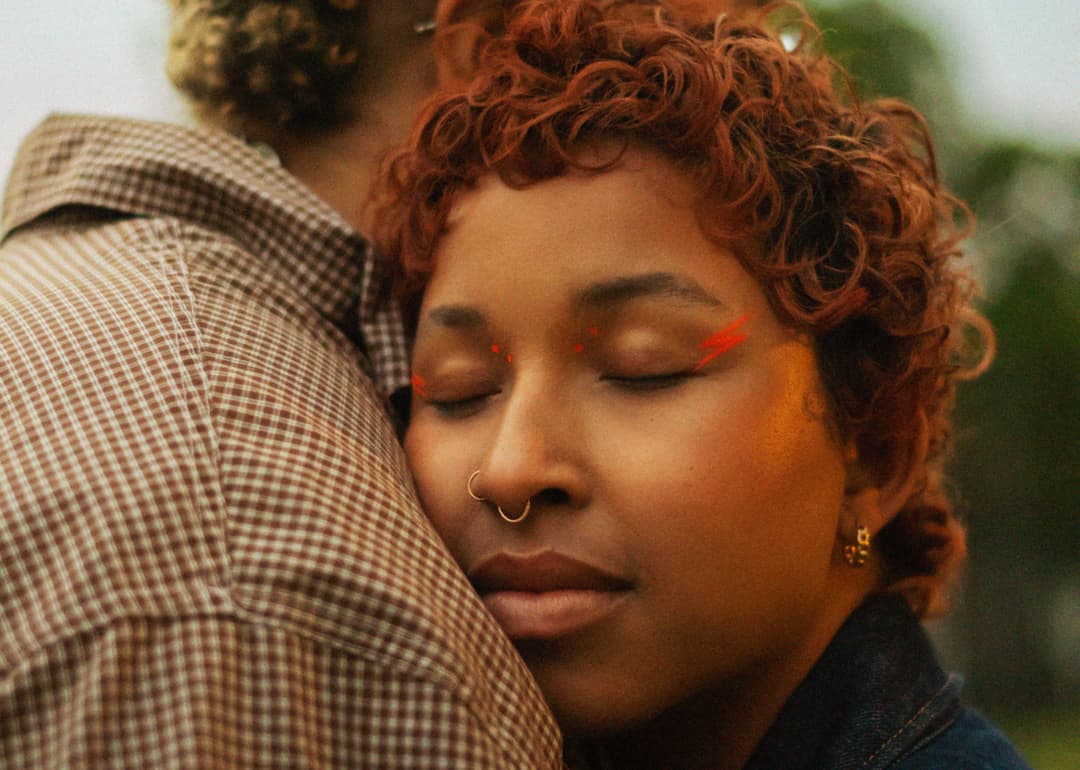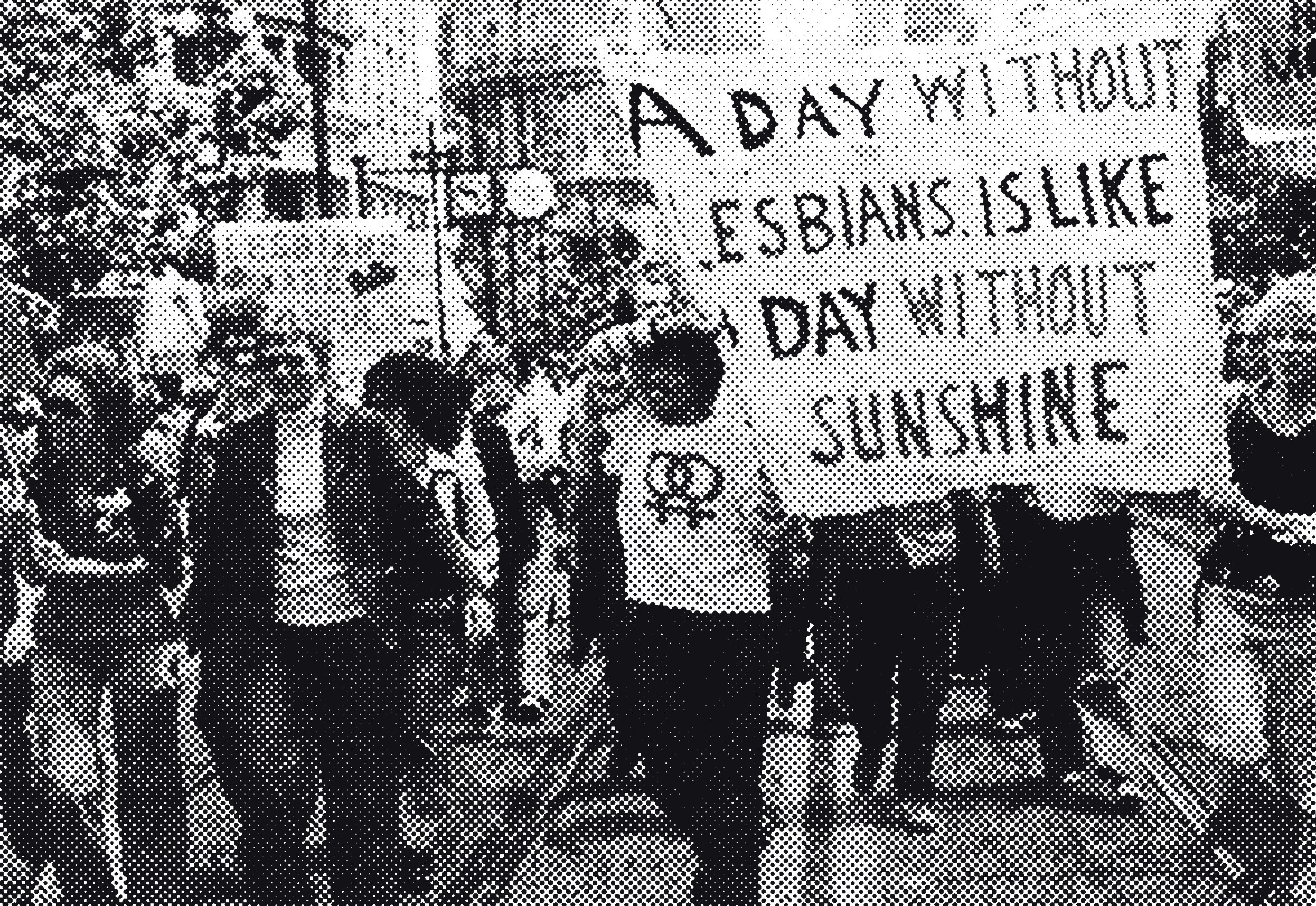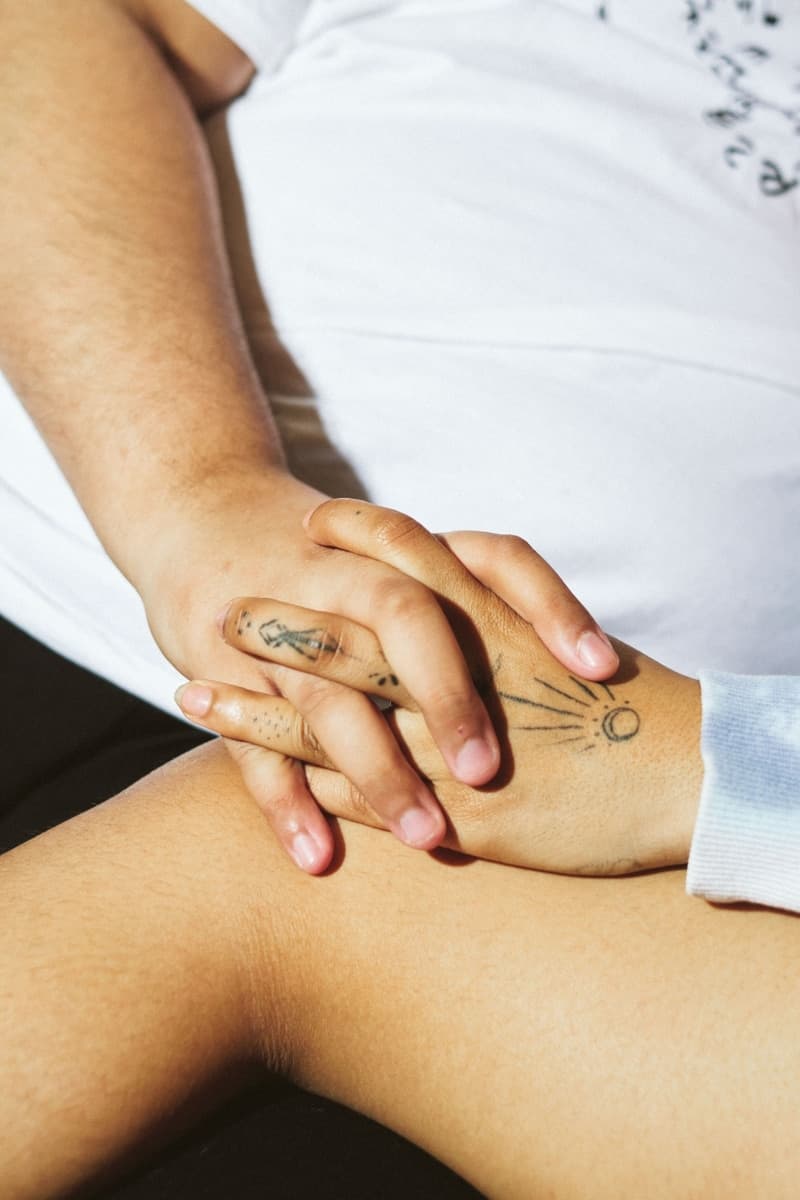Queer Desire, Performance Pressure, and Learning How You Actually Work
Words by Kendall Buckley

Desire isn’t one-size-fits-all — spontaneous and responsive arousal are both valid.
Performance isn’t connection — sexual “liberation” can become pressure to conform.
Self-awareness is liberation — understanding your own accelerators and brakes leads to more authentic intimacy.
One thing that’s pretty universal across the queer spectrum is the unspoken expectation that we’re all meant to be “good at sex”. Not just good, exceptional. We’re supposed to have it often, want it constantly, and know exactly what to do with whoever’s in front of us. From the outside, queer sex is imagined as confident, effortless, and abundant. Inside the community, those same expectations can quietly turn into pressure.
That pressure is especially visible in gay hookup culture, where sex often comes first and connection maybe later. But it’s not limited to that space – in fairness, it’s probably where the wider cultural script comes from. Even sapphics and other queer folk who don’t operate in those worlds absorb the same messages, that wanting sex all the time equals liberation, and that not wanting it means something’s wrong.
Over the weekend at this super camp, sparkly queer event (one for the girls, gays and theys), I got chatting with someone who told me they could “only bottom.” Not because they preferred to, but because they were too anxious to climax. They said they felt completely out of step with hookup culture – like something was wrong with them because they didn’t feel desire the way they thought they should.
But the longer we talked, the clearer it became that nothing about them was broken. They did experience desire and arousal, just not in the way we’ve all been taught to recognise it. It was giving demisexual, yes, but more than that, it was human and super common.
Spontaneous vs. Responsive Desire
We’re sold this idea that desire is supposed to be instant. You see someone hot, your body lights up, and you’re ready to go. That’s spontaneous desire, and it’s often treated as the default or preferred. But for a lot of people, that’s not how it works.
Many experience responsive desire, which means arousal builds to something – which could be a whole host of things but can definitely include safety, trust, curiosity, warmth, emotional closeness. Desire doesn’t start as a spark; it builds like a slow burn. The problem is that because spontaneous desire is seen as “normal” anyone who doesn’t feel it that way starts thinking their libido is broken.
But it’s not broken. It’s just different. And to give you some stats on that approximately 75% of those assigned male at birth (AMAB) experience spontaneous desires vs 15% of those assigned female at birth (AFAB). I will also say that although studies are limited what I have seen in clinical practice is that does flip if someone is receiving gender affirming care in the form of hormones.
Brakes and Accelerators
Emily Nagoski who wrote “Come as You Are”, talks about how everyone has sexual “accelerators” things that turn us on and “brakes” things that shut us down. Accelerators can be things like attraction, novelty, connection, fantasy. Brakes can be things like anxiety, shame, fear of rejection, body discomfort, or simply feeling unsafe.
If your accelerator’s pressed but your brake is jammed, desire doesn’t go anywhere. That’s not a fault in the system; it’s the system doing exactly what it’s meant to do.
Queer people often carry a lifetime of internalised messages about who they should be, what kind of sex they should like, and how much they should want it. For many, sex has been both liberation and survival. So, when it doesn’t come easily, when there’s anxiety, or dissociation, or the need for connection first – the shame can run deep.
That person at the event wasn’t “too anxious to climax.” Their brake was on, and no one had ever told them that was normal.
The Pressure to Perform
Queer culture can be liberating, but it can also be performative. There’s this sense that to belong, you have to be desirable, well-versed, kinky, adventurous, open. We celebrate sexual freedom (and rightly so), but we rarely talk about what happens when freedom becomes expectation.
For some, sex becomes something to prove rather than something to feel. That’s when disconnection creeps in. When desire stops being an internal experience and starts being an external performance.
And when you’re not the kind of person who wants it all the time, it’s easy to feel like you’ve failed some queer test you never agreed to take.
Getting to Know Your System
Here’s the truth: there’s no right way to want. There’s no right frequency, no right order, no right combination of attraction and arousal. The key is to understand how your system works.
Start by noticing your accelerators and brakes – what helps, what hinders, what changes depending on the situation. What conditions make you feel safe enough to actually want? What shuts you down before you’ve even started?
When you understand your own patterns, you can stop comparing yourself to everyone else’s. Desire is an ecosystem and it thrives when you work with it, not against it.
The Bottom Line
Whether you’re a top, bottom, switch, or somewhere completely off that map, it doesn’t matter. What matters is that you know yourself.
Queerness, at its core, has never been about following rules. It’s about expanding what’s possible. That includes how we understand sex, arousal, and desire.
You don’t have to perform your sexuality to belong. You just have to inhabit it, on your own terms.
Kendall Buckley is a highly skilled and experienced sexologist with a background in clinical nursing.
Where to
find support
Looking for someone to talk to?
Access safe (and pre-screened) health from our resource list.




